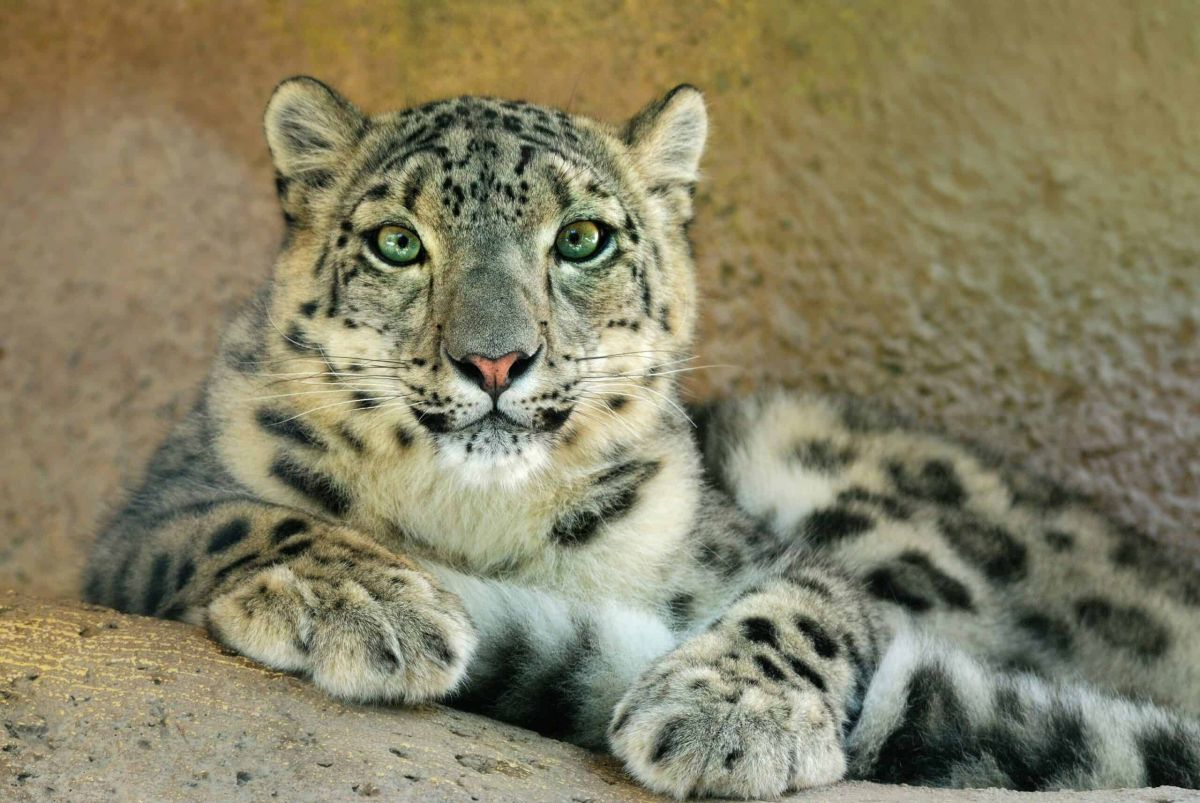Snow Leopards: The Ghosts of the Mountain

The majestic snow leopard (Panthera uncia) is one of the most elusive and captivating big cats in the world. Known for its stunning coat and remarkable adaptations to high-altitude habitats, this solitary predator plays a crucial role in the mountainous ecosystems of Central and South Asia. As the climate crisis and habitat loss threaten its existence, conservation efforts are more vital than ever to ensure that these magnificent creatures continue to grace our planet.
Adaptations to High Altitude
Snow leopards inhabit some of the harshest environments on Earth, residing in the rugged mountains of the Himalayas, the Pamirs, and the Tian Shan ranges at elevations ranging from 3,000 to 4,500 meters (9,800 to 14,800 feet). Their adaptations to these extreme conditions are nothing short of extraordinary. With thick fur and a long, bushy tail that aids in maintaining balance on rocky ledges, snow leopards are perfectly equipped for life in the mountains.
One of their most remarkable adaptations is their ability to thrive in cold, high-altitude environments. Snow leopards possess a unique respiratory system that allows them to efficiently utilize oxygen in thin air, enabling them to hunt and survive in altitudes where many other species would struggle to breathe. Their large paws act as natural snowshoes, preventing them from sinking into deep snow and providing traction on steep terrain.
Sleek Hunters and Ecological Role
Snow leopards are predominantly solitary hunters, preying on various animals, including Himalayan ibex, bharal (blue sheep), and smaller mammals like hares and rodents. Their stealthy hunting techniques, which include stalking and ambushing, highlight their prowess as apex predators. By maintaining the balance of prey populations, snow leopards contribute to the health of their ecosystem and ensure the stability of their mountain habitats.
As top predators, they play an essential role in maintaining biodiversity, as the absence of these big cats could lead to overpopulation of herbivores, which can result in overgrazing and the degradation of fragile mountain ecosystems.
Conservation Challenges
Despite their vital ecological role, snow leopards face numerous threats, primarily driven by human activities. Habitat loss due to agriculture, livestock grazing, and infrastructure development has significantly reduced their range. Additionally, poaching remains a dire threat, as snow leopards are hunted for their beautiful pelts and body parts, which are valued in traditional medicine.
Human-wildlife conflict is another pressing issue. As snow leopards venture closer to villages in search of prey, they often target livestock, leading to retaliatory killings by herders seeking to protect their livelihoods. This cycle of conflict not only threatens the snow leopards but also jeopardizes the traditional pastoral lifestyles of local communities.
Conservation Efforts
In recognition of the snow leopard’s precarious situation, several organizations and initiatives have emerged to protect this magnificent species. The Snow Leopard Conservancy and the Global Snow Leopard and Ecosystem Protection Program (GSLEP) are among the many groups working towards conserving their populations and habitats.
These initiatives focus on a multifaceted approach, including community engagement and empowerment, anti-poaching efforts, and habitat preservation. Education and awareness campaigns aim to foster coexistence between snow leopards and local communities, promoting non-lethal measures to protect livestock while ensuring the survival of these enigmatic cats.
Conclusion
Snow leopards, often referred to as “the ghosts of the mountains,” embody the beauty and fragility of the ecosystems they inhabit. Their unique adaptations, hunting prowess, and ecological significance make them a symbol of the conservation challenges we face in the modern world. As climate change and human encroachment continue to threaten their existence, it is imperative that we prioritize conservation efforts to secure a future for these magnificent cats. By enhancing our commitment to preserving their habitats, protecting local communities, and promoting awareness, we can help ensure that snow leopards continue to roam the rugged mountains for generations to come.



